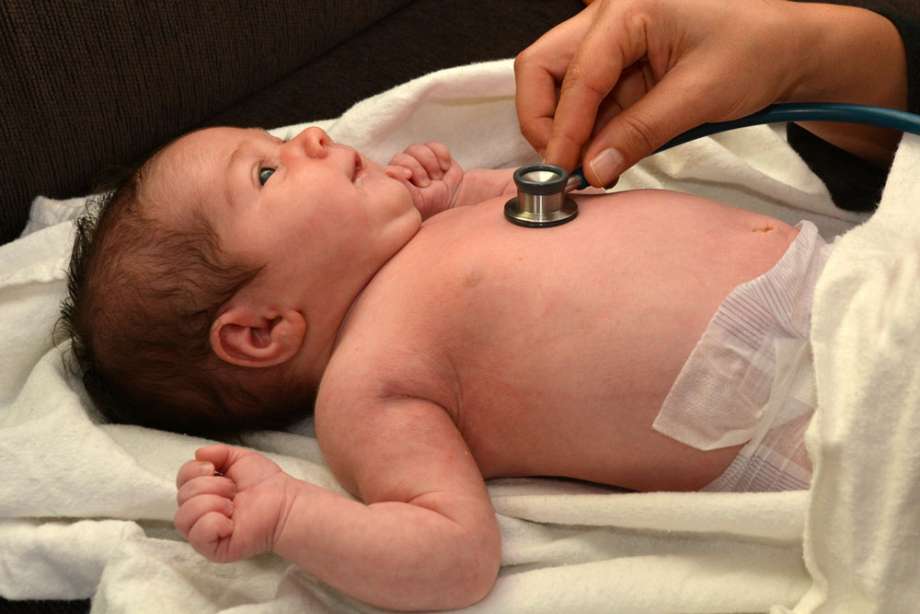What Are The Chances My Baby Will Be Born With a Cleft Palate?

Cleft palate is one of the most common birth defects in the United States. A cleft palate occurs when the tissue of the roof of the mouth does not join up. This causes a separation.
There are different types of cleft. It can be split in the front, back, or all the way across the roof of the mouth. It can accompany a cleft lip, which happens when the tissue around the mouth does not join up. This leaves an opening on the top lift that sometimes extends up through the nose. A cleft lip can occur with or without a cleft palate.
More: Compiling Your Family Health History Before Conceiving
Don't have to time to read? Pin this for later:

What are the Chances that My Baby Will Be Born with a Cleft Palate?
Every year, 2,650 children are born with a cleft palate and 4,440 are born with a cleft lip.
Scientists don’t know exactly what can cause it. It is a genetic phenomenon, but it’s not necessarily hereditary. It could be that a combination of genetic predisposition and external factors contribute.
Family Education Expert and Geneticist Dana Bresette, “If you have had family members with cleft palate, your chance of having a child born with a cleft palate are increased.”
Based on Bresette’s advice, she suggests that, “If a person has cleft palate in the family, they should consult their doctor and consider talking to a genetic counselor during the pregnancy to assess their risk factors.”
How To Prevent Cleft Palate
Expecting mothers can make a few choices that could reduce the chances of birthing a baby with a cleft palate.
Research links several environmental factors during pregnancy to babies born with a cleft. Scientists have found a correlation (but have not confirmed direct causation) between a few different things a mother is exposed to during pregnancy and the occurrence of cleft palate in her baby.
Simply put, whatever an expectant mother eats, drinks, or takes as medicine comes in contact with her growing baby. Contaminants from the outside world can enter the bloodstream if breathed in or absorbed through the skin.
Possible risk factors for cleft palate include smoking, diabetes, or certain medications.
Pregnant women should not smoke for a plethora of reasons. They should also stick to a healthy diet with enough exercise to reduce the risk of developing diabetes. The medications topiramate and valproic acid have been noted to increase the risk of cleft palate.
Most people can control their diet and get help to quit smoking. If either becomes too difficult to do alone, pregnant women should reach out to medical professionals. Diabetes can be prevented or managed in some cases, while in others it cannot.
If you take the medications topiramate or valproic, speak with your doctor about your concerns. If you can stop taking these drugs during your first trimester, it would help you prevent your baby possibly from being born with a cleft.
It’s most important to avoid risk factors for cleft palate and cleft lip during the first trimester because the tissue affected by this defect forms around gestational weeks six through nine.
What If My Baby is Born with Cleft Palate?
If your child does have a cleft palate, take comfort in the fact that it is easily treatable. As cleft palate is so common, doctors are experienced in closing it up with a routine procedure.
Surgery is generally a wise choice. This condition can cause problems with breathing, hearing, speech, and language development. It can also impact a child’s confidence and self-esteem.
Many children will need additional surgeries as they grow. They may also need orthodontics or speech therapy and face dental problems.
There are specific care teams that specialize in coordinating all of this care.
In conclusion, your baby may be born with a cleft palate if you have others in your family who were. Awareness and controlling environmental factors can help. If not, this is such a common birth defect that treatment is very safe and straightforward.
Wondering what your baby will look? Check these out:

